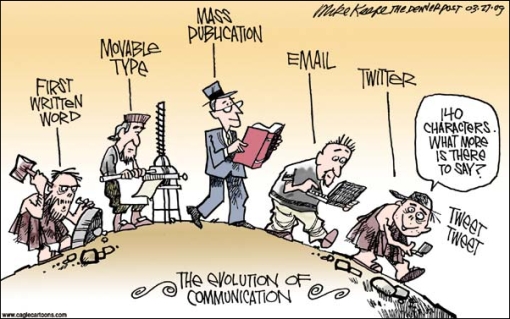
Hopefully the old school copywriters won’t crucify me, but: the process on “writing” has been changing and I hope this evolution never stops. That’s how any process should be: adapting to the moment we are living. For learning purposes, I’ll focus on writing press/media releases.
The old school process
Before starting with the “old school”, I just have to mention that the “old” describing this writing process is just for differing purposes. I’m not that old and I can say I’ve learned this way a few years ago. And, depending on your objective, you can still write following the “old” structure, where its process is focused on the facts, describing something new that might be interesting to certain audiences. In this case, the structure is very well defined.
The new school process
What differs from the old from the new school is the focus: in the “new school” the audience is the focus of the message. We don’t want to communicate a fact just for the fact. Is this case, we want to reach people and share interesting content. If the old school shares emotion, the new school touches your feelings.
Justin Reid, Technology Manager & Developer for @RealWire, summarizes all these differences in a few lines:
“The press release was written with just the “press” in mind, but in the online world your story needs to be told in a format that is relevant to a wide variety of people – journalists, bloggers, publishers and the public at large.” (@JustinReid)
How all these process were affected by the digitalization of media and the popularity of social medias
Once the communication has been more digitalized and the social medias is gaining more and more relevance, all these processes are affected. The audience is no longer only the press. The message now is addressed to different audiences, with different level of voices. It must be:
- Scannable: to find exactly what they are looking for;
- Usable: Easy to read and easy to understand the structure
- Sharable: to make sure their network also reaches that “interesting content”
If it is important to reach a wide audience, you should consider planning before you write: picturing the text even before writing is a good way to start; adapting your content for your purposes; and thinking on whom your audience is very important. Remember, it doesn’t mean that the “writing has changed, but the audience did. And changing the way you write is part of your strategy to achieve success.

I like the straight forward analysis of the old versus the new press release and how you put it in relative perspective. Nicely written and presented Bruno.
Amany
LikeLike
I could not have selected a better picture for your blog post! I liked the very casual tone of your post. I agree with the fact that writing for the digital masses poses new challenges. It is much less structured as the author has much less control on who is reading it (i.e. sending a press release to a media contact, via sharing news online). Finding the happy middle is definitely the modern day challenge. Nice work!
LikeLike
Agreed with Alex, the choice of picture is perfect.
I really enjoyed reading your post and loved how you sectioned it.
You really simplified this whole question by explaining that the difference between old and new is just that the audience differs and therefore the format of the release needs to fit its new audience.
Spot on!
LikeLike
Very clever description of past versus present. I particularly liked your approach to the digitalization of social media through the process idea (“Once the communication has been more digitalized and the social medias is gaining more and more relevance, all these processes are affected.”). Good job!
LikeLike